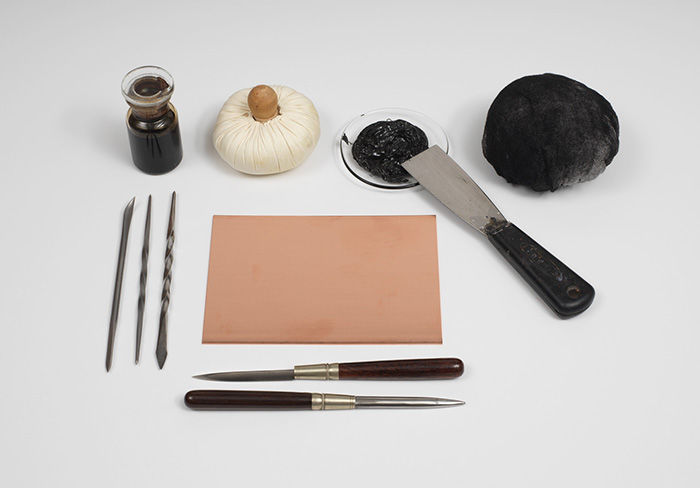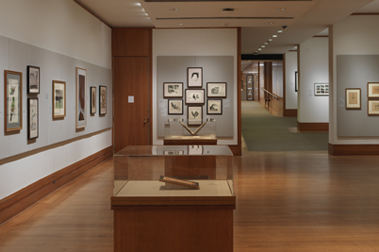The Mill-Wheel
Sir Francis Seymour Haden British
Not on view
Seymour Haden was the unlikely combination of a surgeon and an etcher. Although he pursued a very successful medical career, he is mostly remembered for his etched work as well as for his writings on etching. He was one of a group of artists, including James McNeill Whistler (1834–1903) and Alphonse Legros (1837–1911), whose passionate interest in the medium led to the so-called etching revival, a period that lasted well into the twentieth century. The extolling of etching for its inherent spontaneous qualities reached its pinnacle during this time. While the line of the etching needle, Haden wrote, was "free, expressive, full of vivacity," that of the burin was "cold, constrained, uninteresting," and "without identity."
A water mill, to left, seen through trees and extensive vegetation.
"State III (D2, H2). The plate rebitten. The front of the mill is shaded with coarse crosshatching; the sky and background in upper right and left are dark; the foliage near the mill wheel is more dense, additional work on tree trunks on right extends one of them almost to the upper plate mark, the other within 4 mm.; the face of the stone in lower right is shaded with a squiggly line. Several of the lightly etched lines in the foreground and the à double trait effect disappearing."
[Source: Schneiderman, p. 293]
"Published States: Second.-The plate is re-bitten. The mill is coloured by extra work on its face, while the whiteness of its vanishing side is heightened by dark lines which express the sky. The foliage, also, about the mill-wheel is more dense."
[Source: Harrington, p. 76]

